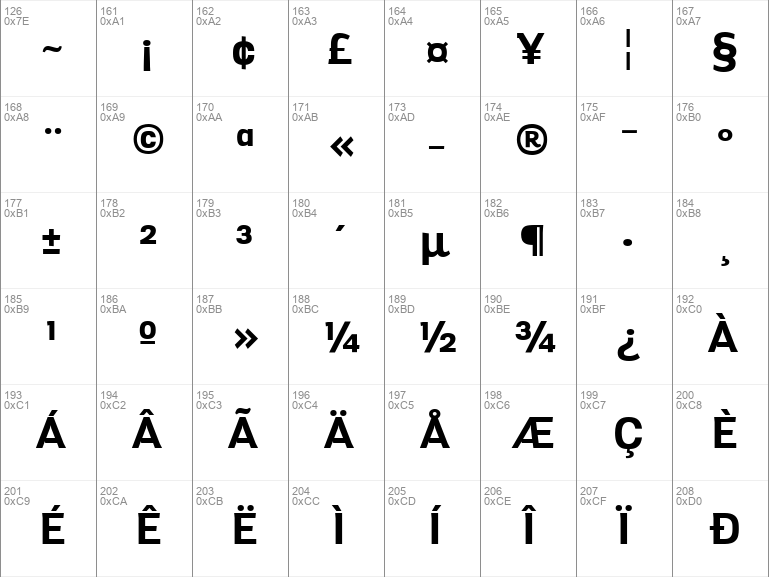

line anyOf(boolean, OverlayMarkDef) A flag for overlaying line on top of area marks, or an object defining the properties of the overlayed lines.

The text value will be automatically truncated if the rendered size exceeds the limit. Default value: b d, Y Note: Axes automatically. The maximum length of the text mark in pixels. Visual encoding mapping data to visual variables such as position, size, shape, or color is the beating heart of data visualization. Default time format for raw time values (without time units) in text marks, legend labels and header labels.

limit : float The maximum length of the text mark in pixels. Just put the file in your working directory. Scales, Axes, and Legends Visualization Curriculum. At the top level of an Altair chart, you can specify configuration settings that. We will use data from the French population that contains for each city :
#Altair mark text install#
Pip install jupyterlab altair vega vega_datasets First of all, install Jupyter Lab, Altaire and Vega :
#Altair mark text how to#
Altair uses a so-called declarative approach in which we state what we want instead of stating how to get it. The key idea in Altair is that we declare the links between data columns and. Altair directly works on Pandas data frames. Rather than providing a complete overview, we focus on basic features specifically relevant to exploratory data analysis. Altair is a great Python library that allows you to program dashboard and other great stuff done in Tableau. Altair is a powerful tool for creating professional-looking plots that is also extremely customizable. This is neat, but the selection doesn’t actually do anything yet.If you ever used Tableau, you know how easy and user-friendly it is for the end-user. The result above is a chart that allows you to click and drag to create a selection region, and to move this region once the region is created. We can now bind this brush to our chart by setting the selection property: alt.Chart(cars).mark_point().encode( x='Miles_per_Gallon:Q', y='Horsepower:Q', color='Origin:N' ). With the basic knowledge of Altair, let’s make an interactive chart.įor this tutorial, we will use car data from the example dataset in vega_datasets, from vega_datasets import data cars = data.cars()įirst we’ll create an interval selection using the selection_interval() function: brush = alt.selection_interval() Step by step to build an interactive chart In the selection() function, we can make some cooler advanced functions, such as the GIF shown at the beginning of this article allow on selected data points and generate real-time Histogram. encode( x='col-1', y='col-2' )Īltair also provides a selection API for creating interactive images. Here is an example of importing Pandas and Altair, and creating a simple DataFrame to visualize, with a categorical variable in column col-1 and a numerical variable in column col-2: import altair as alt import pandas as pd data = pd.DataFrame() chart = alt.Chart(data) alt.Chart(data).mark_point(). Geopandas GeoDataFrame, Shapely Geometries, GeoJSON Objects) as an object that supports the _geo_interface_ (eg.The following list of Templex functions demonstrates common usage. Templex statements can also be used in the Text() statement. To use a quotation mark within a string, place a backslash in front of each inner quotation mark. Up to four lines of text can be specified for each column. as a url string pointing to a json or csv formated file Use the Text() statement for each line of text in a column.The first is to make a new figure with text marks ( marktext() ) and combine it with. The data used internally by Altair is stored in Pandas DataFrame format, but there are four ways to pass it in: Indeed, Altair allows information to be encoded in a range of mark. Understanding the following concepts should be enough for you to create basic interactive charts. Next, we will step through a number of the most commonly used mark types for statistical graphics. For a complete list, and links to examples, see the Altair marks documentation. marktick() - Vertical or horizontal tick marks. marktext() - Scatter plot points represented by text. There are many concepts in Altair Official User Guide, but Data, Marks and Encodings are the basic. marksquare() - Scatter plot points as filled squares. Launch JupyterLab or Jupyter Notebook from Anaconda Navigator Altair Charts Basic Guide


 0 kommentar(er)
0 kommentar(er)
